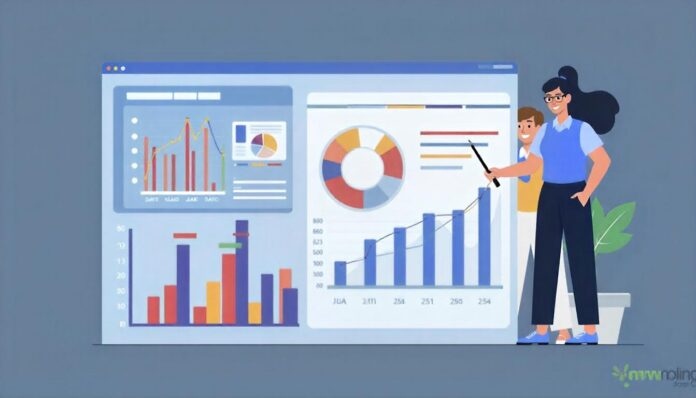Introduction to Recruitment Metrics
Organizations seeking to grow efficiently recognize that hiring is both an art and a science. Data-driven recruitment ensures that intuition is balanced with actionable insights, leading to stronger talent pipelines and more strategic hires. Tools focusing on ATS automation give HR professionals real-time visibility into their processes and allow teams to identify challenges early, boosting their ability to meet organizational needs precisely.
With the right metrics in place, recruitment becomes a cycle of continuous improvement rather than a series of isolated efforts. Modern hiring teams are harnessing the power of automation and analytics, creating processes that are less manual, less error-prone, and more adaptive to business strategy.
Time-to-Hire and Time-to-Fill
Two of the most fundamental statistics HR teams should monitor are time-to-hire and time-to-fill. Time-to-hire measures the period between when a candidate enters the pipeline and when they accept an offer. Time-to-fill starts when a job is posted and ends with an accepted offer. Shorter cycles mean talent is captured before competitors intervene, while longer cycles may highlight obstacles or inefficiencies. According to Harvard Business Review, organizations that regularly improve these metrics gain a strategic edge in the race for top talent.
Cost-Per-Hire
Understanding the total investment in recruitment is crucial for resource planning and ROI analysis. Cost-per-hire combines advertising, recruiter time, technology, assessment tools, and onboarding expenses. Optimizing this figure isn’t just about spending less; it’s about ensuring every dollar drives better candidate quality or shorter timeframes. For high-growth teams, monitoring cost-per-hire is essential as hiring volumes fluctuate.
Quality of Hire
Good recruiting is about more than filling seats—it’s about securing great talent that drives business success. Quality of hire can be tracked by evaluating new hire performance, retention rates, and even post-hire satisfaction reported by both new employees and managers. This long-term approach overcomes the drawback of focusing only on process speed or cost, supporting organizations as they strive for enduring value from every hire.
Diversity Metrics
For organizations committed to inclusion, measuring diversity throughout every stage of hiring is non-negotiable. Representation in applicant pools, interviews, and final selections provides a clear picture of equity progress. The Society for Human Resource Management recommends tracking these figures consistently to create awareness and accountability and to guide future improvement efforts.
Candidate Experience Measurements
The journey through the application process shapes how candidates view an organization. Metrics like net promoter score (NPS), candidate satisfaction surveys, and dropout rates highlight where communication or logistics might lag. Candidate experience is increasingly recognized as a top driver of overall employer brand and, when positive, directly improves recruitment success.
Recruiter Efficiency
Monitoring recruiter workload and efficiency ensures that resources are distributed effectively. Metrics such as the number of open requisitions per recruiter, pipeline conversion rates, and average communication response times reveal who may need support or training and which processes can be streamlined. Combining data with ATS automation helps prevent bottlenecks and keeps hiring teams productive.
Using Data for Continuous Improvement
Regular reviews of recruitment metrics drive meaningful changes. Teams using analytics identify gaps, adjust strategies, and celebrate successes with clarity. This ongoing cycle encourages objective decision-making and positions HR as a strategic partner. Acting on qualitative and quantitative feedback fosters a learning culture, ensuring ongoing process enhancements.
Final Thoughts
Data-first recruitment empowers HR professionals to hire faster, better, and more equitably. Organizations can gain an ongoing advantage in the talent marketplace by tracking metrics such as time-to-hire, cost-per-hire, diversity, and candidate satisfaction. Paired with accessible automation tools and regular feedback, these insights drive continuous improvement and sustainable business growth.


